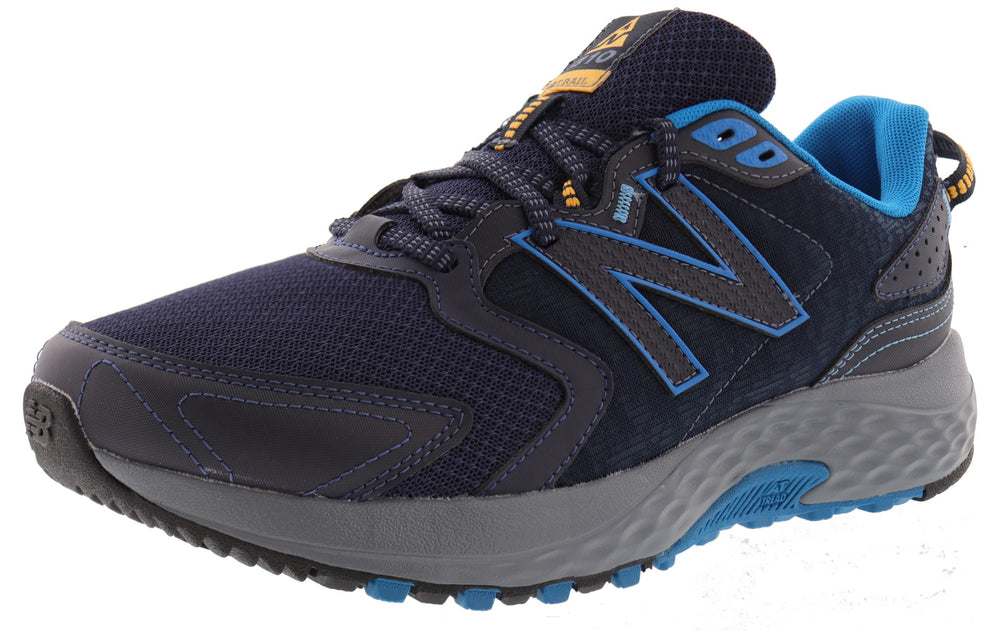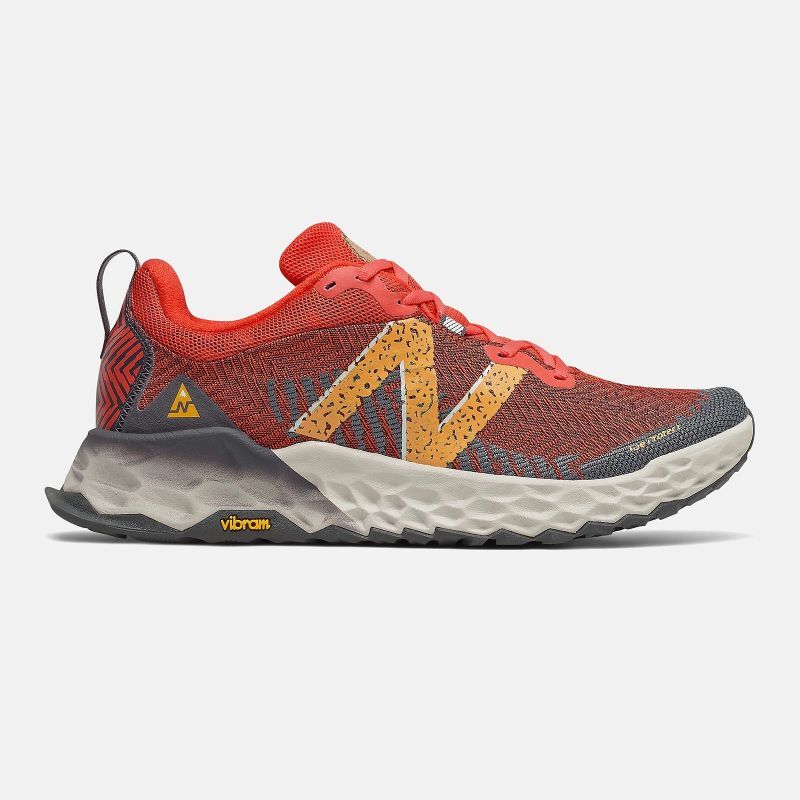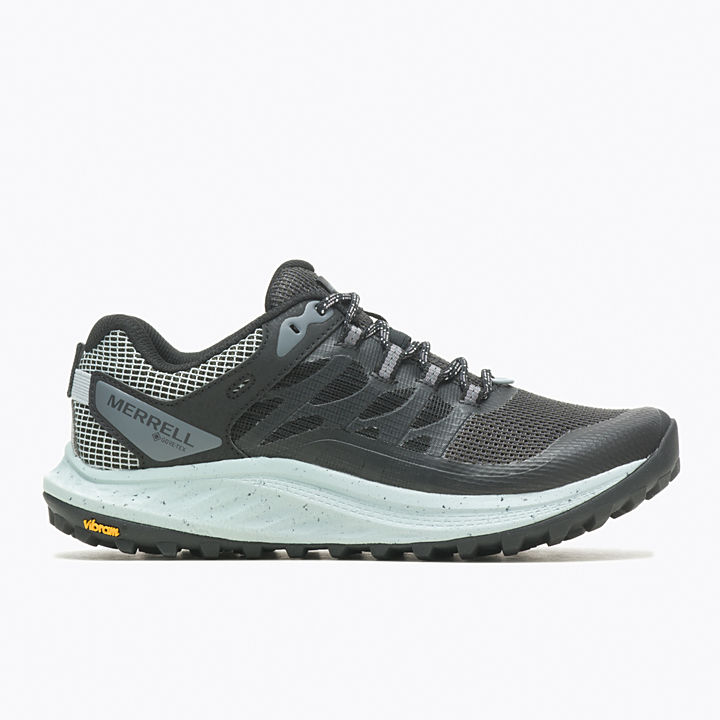Are you looking for Wide Trail Running Shoes for Men? Look no further! A comfortable and secure fit is paramount when hitting the trails, and for those with wider feet, finding the right pair of trail running shoes can be a game-changer.
Whether you’re an experienced trail runner or just beginning your off-road adventures, having footwear that accommodates wider feet ensures both comfort and performance on rugged terrains. In this comprehensive guide, we explore a curated selection of wide trail running shoes designed specifically for men, focusing on both the fit and the features necessary to tackle the great outdoors.
Join us as we navigate the world of wide-fit trail running footwear, helping you make an informed choice for your next trail-running expedition.
Benefits of wide trail running shoes for men

When it comes to trail running, having the right pair of shoes is crucial for a successful and enjoyable experience. For men with wider feet, finding wide trail running shoes is essential. These shoes offer a range of benefits that can greatly enhance your performance and overall comfort on the trails.
Improved stability and balance
One of the key benefits of wide trail running shoes for men is improved stability and balance. The wider design of these shoes provides a larger base of support, allowing for better stability on uneven terrain. This can help prevent ankle rolls and other injuries that can occur when running on trails with varying surfaces and obstacles.
In addition, wide trail running shoes often feature a lower heel-to-toe drop, which means the heel and forefoot are closer to the same height. This promotes a more natural foot strike and helps improve balance, especially on steep descents.
Enhanced comfort and cushioning
Wide trail running shoes are designed with comfort in mind. The wider toe box allows your toes to splay naturally, reducing the risk of blisters and discomfort. It also provides more room for your feet to swell during longer runs, ensuring a comfortable fit throughout your workout.
Furthermore, these shoes often come with ample cushioning to absorb impact and provide a plush feel underfoot. This is especially important when running on rocky or uneven trails, as it helps to reduce fatigue and minimize the risk of foot and leg pain.
Reduced risk of foot injuries
Trail running can be demanding on your feet, with the potential for rocks, roots, and other hazards to cause injuries. Wide trail running shoes can help reduce the risk of foot injuries by providing a more secure and stable fit.
The wider design of these shoes allows for better foot alignment, reducing the likelihood of overpronation or supination. This can help prevent common injuries such as plantar fasciitis, shin splints, and stress fractures.
Additionally, wide trail running shoes often feature protective elements such as reinforced toe caps and rock plates to shield your feet from sharp objects and impacts. This added protection can give you the confidence to tackle even the most challenging trails.
Features to look for in wide trail running shoes

When searching for the perfect pair of wide trail running shoes, there are several key features to consider. These features can greatly enhance your trail running experience and ensure a comfortable and supportive fit.
Wide toe box
The most important feature to look for in wide trail running shoes is a wide toe box. This allows your toes to splay naturally and provides ample room for your feet to move and swell during long runs. A narrow toe box can lead to discomfort, blisters, and even toenail damage.
Supportive midsole
A supportive midsole is essential for stability and cushioning. Look for wide trail running shoes with a responsive and well-cushioned midsole that provides adequate shock absorption and energy return. This will help reduce fatigue and minimize the risk of foot and leg pain.
Durable outsole
The outsole of wide trail running shoes should be durable and provide excellent traction on various surfaces. Look for shoes with a lugged or multidirectional tread pattern that can grip the trail and provide reliable traction, even in wet or muddy conditions.
Secure lacing system
A secure lacing system is crucial for a snug and comfortable fit. Look for wide trail running shoes with a lacing system that allows for easy adjustments and locks your foot in place. This will help prevent your feet from sliding around inside the shoes and reduce the risk of blisters and discomfort.
Top wide trail running shoes for men
Finding the right pair of wide trail running shoes can be overwhelming with so many options available. To help you narrow down your choices, here are some of the top wide trail running shoes for men, known for their comfort and performance on rugged terrains:
- Altra Lone Peak 5
- Altra is renowned for its FootShape™ toe box, providing ample space for wider feet.
- The Lone Peak 5 is a popular choice for its grip, cushioning, and durability on trails.
- New Balance Fresh Foam Hierro v6
- Designed with a wide toe box to accommodate various foot shapes.
- Features Fresh Foam cushioning for comfort on challenging trails.
- Hoka One One Speedgoat 4
- Hoka’s wider options, like the Speedgoat 4, are known for their plush cushioning.
- These shoes offer excellent grip and support for wider feet.
- Brooks Cascadia 16
- Known for a wide toe box, Brooks Cascadia 16 is a versatile choice for trail running.
- Features a rock shield and sticky rubber outsole for traction.
- Saucony Peregrine 11 Wide
- Offers a wide-fit version for runners with broader feet.
- Provides a comfortable fit and reliable grip on varied terrain.
- Salomon XA Pro 3D V8 Wide
- Salomon’s wide options, like the XA Pro 3D V8, are renowned for their precision fit.
- Designed for stability and durability on trails.
Tips for finding the right fit

Finding the right fit for your wide trail running shoes is crucial for optimal performance and comfort. Here are some tips to help you find the perfect fit:
– Measure your feet: Use a measuring tape or visit a shoe store to determine your foot size and width. This will help you choose the right size and width for your wide trail running shoes.
– Try them on: Always try on shoes before purchasing them. Walk around and jog in the store to ensure they feel comfortable and provide adequate support.
– Consider socks: If you typically wear thicker socks while trail running, make sure to try on shoes with those socks to ensure a proper fit.
– Allow for some room: Your wide trail running shoes should have a thumb’s width of space between your longest toe and the end of the shoe. This allows for natural foot movement and prevents toe jamming on descents.
How to care for your wide trail running shoes
Proper care and maintenance of your wide trail running shoes can extend their lifespan and ensure optimal performance. Here are some tips for caring for your shoes:
Cleaning and maintenance
– Remove dirt and debris: After each trail run, remove any dirt or debris from your shoes using a soft brush or cloth. This will prevent buildup and maintain the integrity of the materials.
– Air dry: Avoid using direct heat sources to dry your shoes, as this can damage the materials. Instead, remove the insoles and allow your shoes to air dry naturally.
– Clean as needed: If your shoes become particularly dirty or smelly, you can hand wash them using mild soap and water. Gently scrub the shoes with a soft brush and rinse thoroughly. Allow them to air dry completely before wearing them again.
Replacing worn-out shoes
Even the best trail running shoes will eventually wear out. It’s important to replace your wide trail running shoes when they show signs of excessive wear or loss of cushioning.
As a general guideline, consider replacing your shoes every 300-500 miles or when the outsole tread is significantly worn down.
Conclusion

Wide trail running shoes for men offer a range of benefits, including improved stability, enhanced comfort, and reduced risk of foot injuries. When searching for the perfect pair, look for features such as a wide toe box, supportive midsole, durable outsole, and secure lacing system.
Remember to find the right fit and take proper care of your shoes to ensure optimal performance and longevity. With the right pair of wide trail running shoes, you’ll be ready to conquer any trail with confidence.
FAQs
Which running shoe brand is best for wide feet?
The best running shoes for wide feet are:
– Brooks Ghost 15 (best all around)
– Altra Solstice XT2 (best with a roomy toe box)
– On Cloudstratus (most comfortable base)
– Brooks Adrenaline GTS 22 (best durability)
– Hoka Speedgoat 5 (best for trail runners)
– Hoka Clifton 9 (best daily trainer)What brands of running shoes run wide?
In addition to our top picks, runners with wide feet should consider brands like Asics, Brooks, New Balance, Hoka, Topo Athletic, and Altra. These brands tend to design shoes with roomy toeboxes and offer more options in wide sizes.
Do Salomon running shoes run wide?
Salomon shoes sizing tends to run a bit narrow, but there is no consistency across the entire Salomon range. It’s recommended to try them on or check specific models for width options.
Are Altra running shoes good for wide feet?
Altra Torin 7 is a great option for runners with wide feet. Like all Altra running shoes, the Torin 7 has a toe box that allows your toes to splay and contract naturally with each step. It is also available in a wide width.
Originally posted 2023-08-30 08:24:22.

